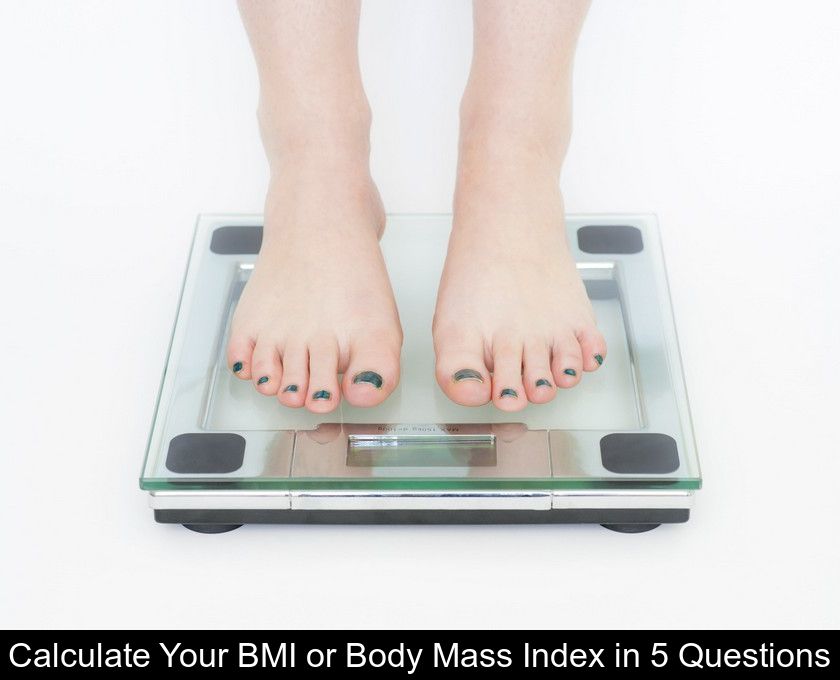Calculate Your Bmi Or Body Mass Index In 5 Questions
Do you really need to diet? Are you overweight or, on the contrary, too thin? To find out, you just need to calculate your Body Mass Index or BMI. We'll explain how to do it and how to interpret the result in 5 questions.
What is BMI?
The Body Mass Index (BMI) is a measure used to assess a person's body size and potential health risks.
This statistical index is validated by the World Health Organization (WHO). However, it should be noted that it is only applicable to adults, both men and women, aged 18 to 65 years.
The BMI calculation cannot be used for:
- children and teenagers.
- pregnant or breastfeeding women.
- older adults.
- athletes and highly muscular individuals.
2- Why calculate your BMI?
We generally have a subjective and mistaken perception of our own body weight. Influenced by fashion photography, many women consider themselves too fat. Conversely, overweight or obese individuals may underestimate their corpulence and the health risks associated with it.
The main advantage of the body mass index is that it allows for an objective assessment of a person's body weight. This index takes into account both the weight and height of the individual because weight alone is not enough to diagnose obesity, overweight, or excessive thinness.
How to calculate your BMI?
To calculate your body mass index, you need to divide your weight (in kg) by your height (in m) squared. The formula is kg/m² or weight (kg) / height (m) x height (m).
Note: if you're too lazy to do this calculation, be aware that you can calculate your BMI online simply by entering your weight and height, for example on the website below.
4- How to interpret the result?
Calculating your Body Mass Index (BMI) gives you a number that allows you to position yourself in the following categories:
- Below 16.5 = Undernutrition.
- Between 16.5 and 18.5 = Underweight.
- Between 18.5 and 25 = Normal weight.
- Between 25 and 30 = Overweight.
- Between 30 and 35 = Moderate obesity.
- Above 40 = Morbid obesity.
Note: If your result is outside the normal range, do not hesitate to consult your doctor and/or a dietitian for a more accurate assessment.
5- What are the limitations of BMI?
The Body Mass Index (BMI) is an indicator to be used with caution. It is far from perfect as it does not take into account muscle mass, bone structure, and the distribution of fat in the body.
The interpretation of the result should also be nuanced according to the person's age. For those over 65, it should be interpreted differently:
- BMI below 21 = risk of malnutrition to monitor.
- between 24 and 29 for men or between 23 and 28 for women = normal weight.
- above 30 = risk of overweight.
Two other indicators can be useful to complement this calculation and assess one's personal situation:
- waist circumference measured with a tailor's tape measure.
- the waist-to-hip ratio.
Your weight is normal if the waist-to-hip ratio does not exceed 0.8 for women and 1 for men.












